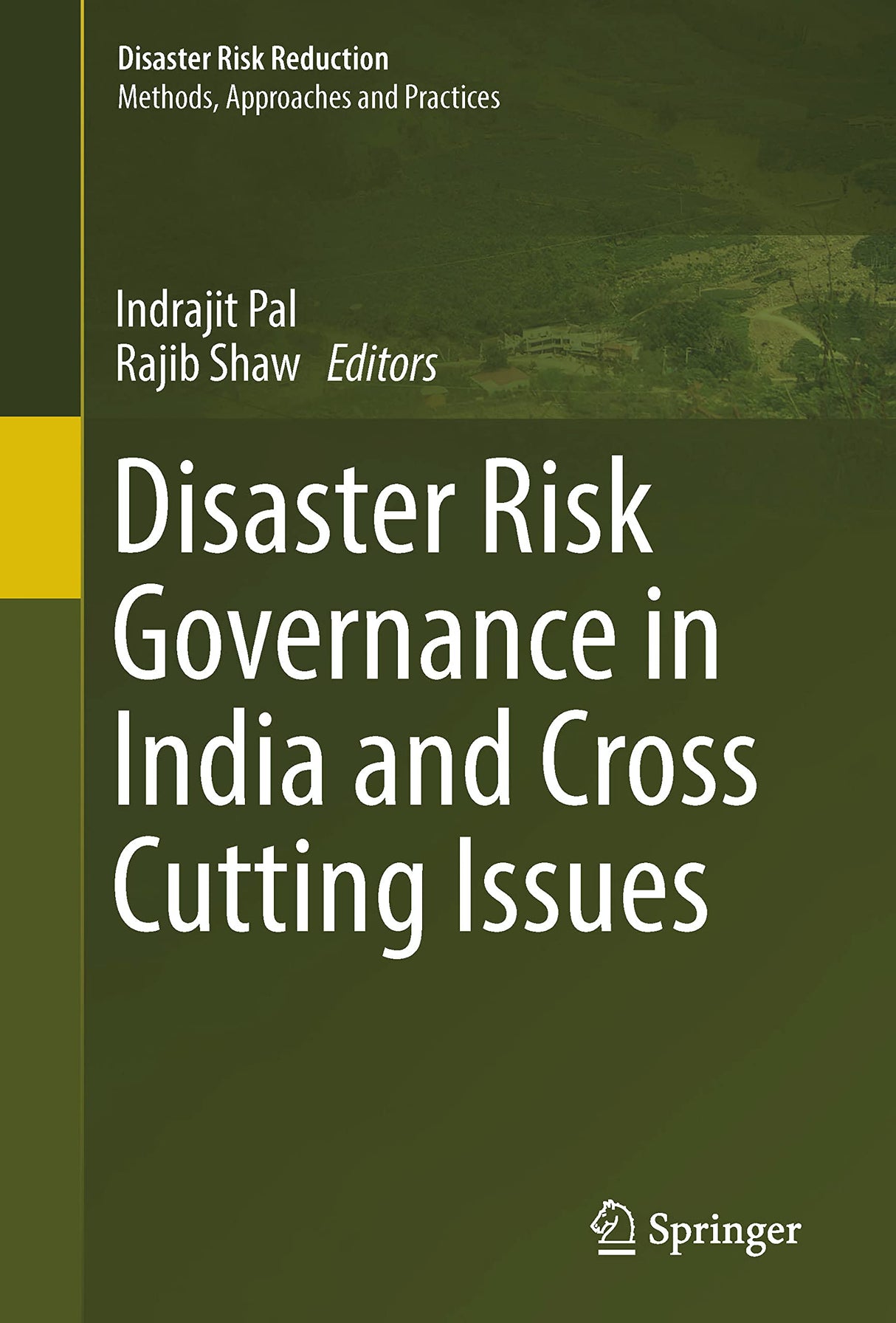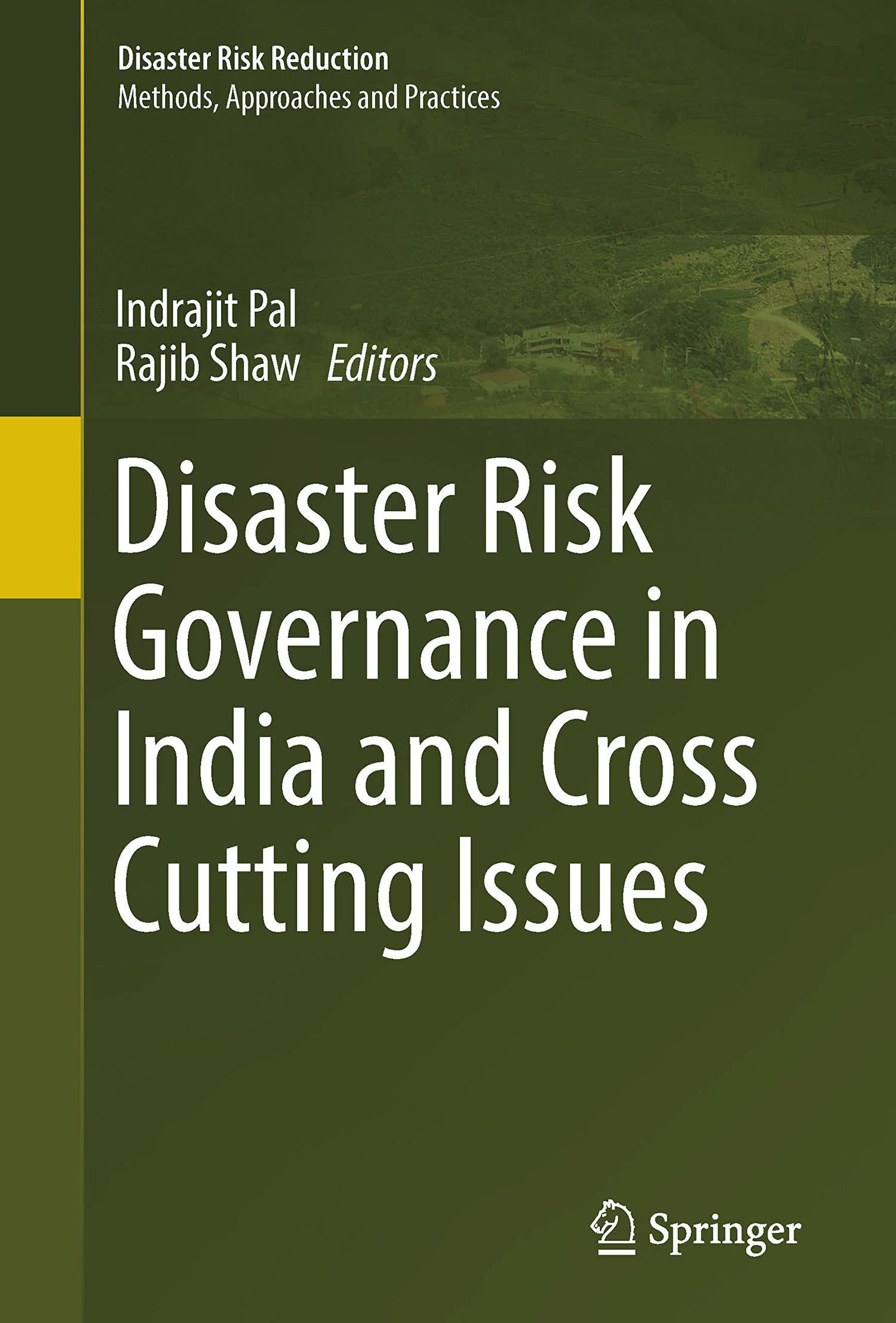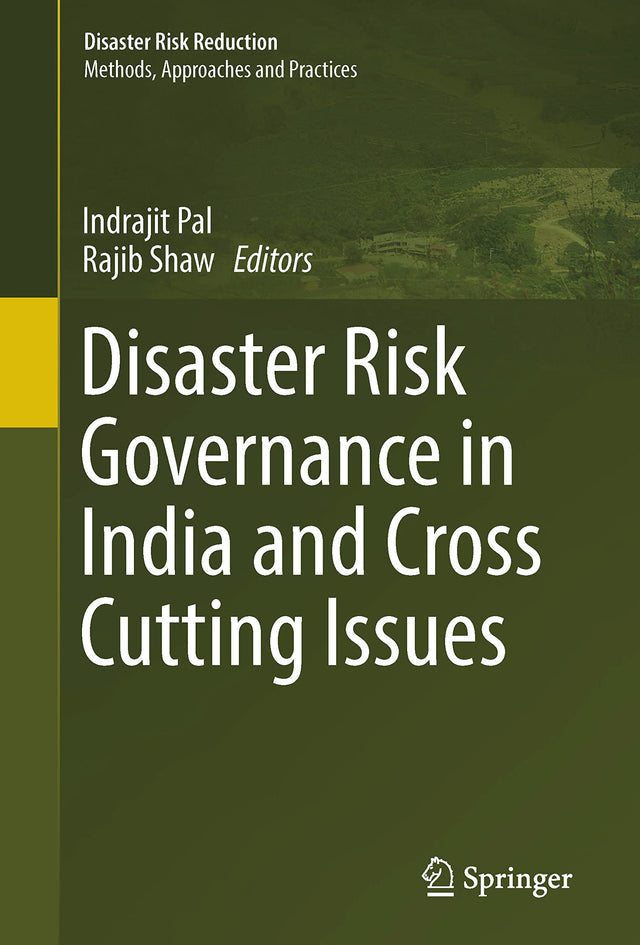DISASTER RISK GOVERNANCE IN INDIA AND CROSS CUTTING ISSUES
DISASTER RISK GOVERNANCE IN INDIA AND CROSS CUTTING ISSUES is backordered and will ship as soon as it is back in stock.
Couldn't load pickup availability
Genuine Products Guarantee
Genuine Products Guarantee
We guarantee 100% genuine products, and if proven otherwise, we will compensate you with 10 times the product's cost.
Delivery and Shipping
Delivery and Shipping
Products are generally ready for dispatch within 1 day and typically reach you in 3 to 5 days.
Book Details
-
Publisher: Springer
-
Author: Indrajit Pal, Rajib Shaw
-
Language: English
-
Edition: 2023
-
ISBN: 9789819901623
-
Pages: 426
-
Cover: Hardcover
About the Book
This authoritative volume offers an in-depth exploration of disaster risk governance in India, presenting a holistic framework that spans national, regional, and local perspectives. Edited by disaster management experts Indrajit Pal and Rajib Shaw, the book delivers a thorough analytical discourse on disaster risk reduction (DRR), highlighting the intricate interplay between policy, practice, and ground realities. Drawing from national and regional programs, academic research, and practitioner insights, the book underscores the importance of integrated governance in addressing both geophysical and hydrometeorological hazards.
Divided into four comprehensive sections, the book begins with an overview of national-level governance and legal frameworks, establishing a foundational understanding of India's DRR landscape. Subsequent chapters delve into sub-national and local case studies from states such as West Bengal, Assam, and Uttarakhand, offering detailed narratives on state-level initiatives, community responses, and institutional coordination. The third section explores the intersections of risk governance with urban planning, sustainable development, and participatory approaches, while the final section addresses crosscutting issues like construction regulations, insurance mechanisms, landslide risk assessment, and erosion control.
The book brings together contributions from a diverse pool of stakeholders including academicians, government officials, and NGOs, ensuring a rich blend of theoretical insights and field-based evidence. It offers key lessons across the pre-disaster, disaster, and post-disaster phases, making it a valuable resource for disaster managers, policymakers, researchers, and students. With its emphasis on actionable strategies, participatory governance, and resilience-building, this volume stands as a vital reference in advancing disaster risk governance both within India and across similar risk-prone regions globally.





